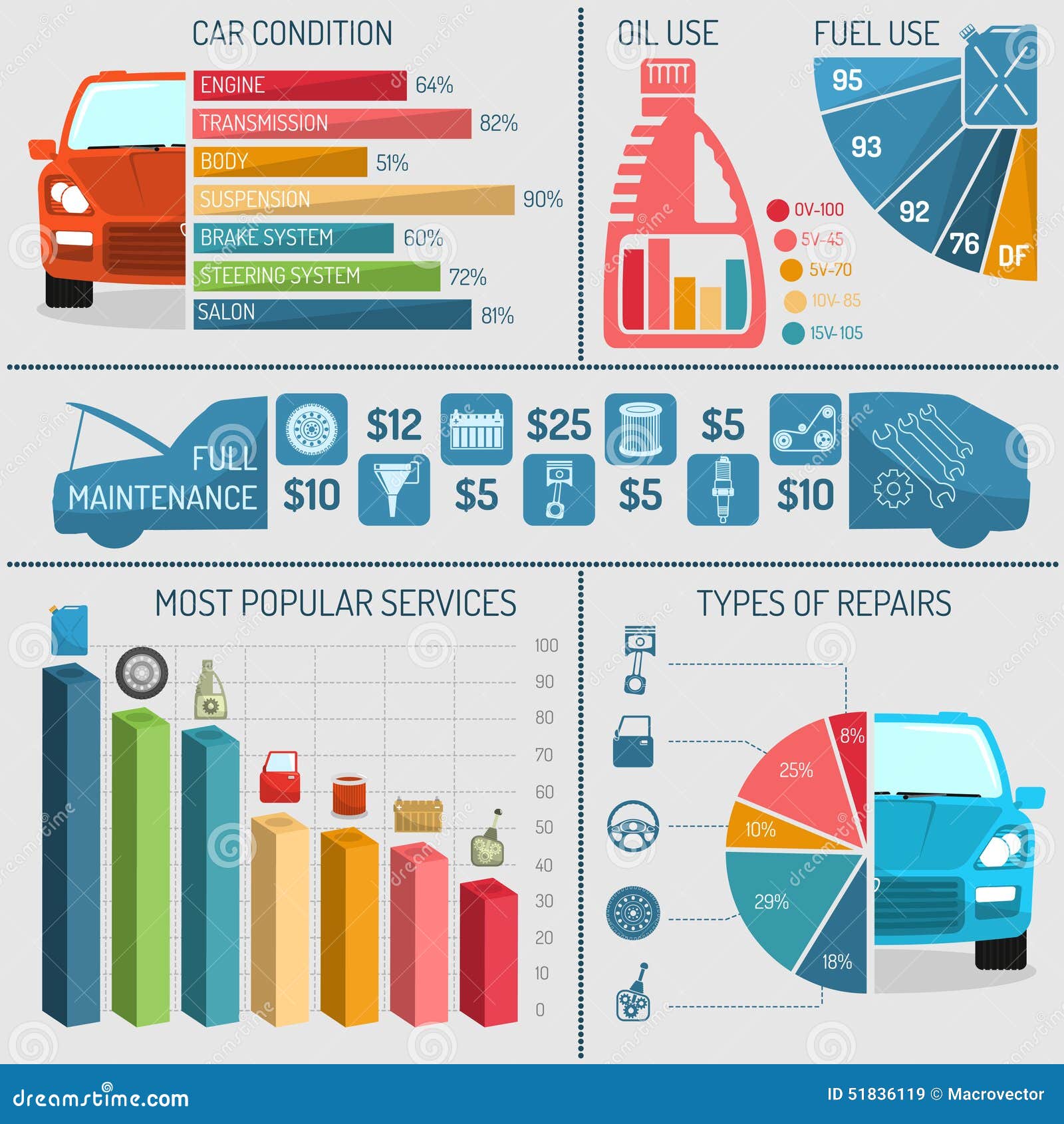Comprehending The Meaning Behind Your Car'S Warning Lighting: A Thorough Look
Comprehending The Meaning Behind Your Car'S Warning Lighting: A Thorough Look
Blog Article
Developed By-Lim Winters
When you lag the wheel, those beautiful warning lights on your dashboard can be a bit bewildering. Do you understand what they're trying to inform you about your auto's wellness? Recognizing the value of these lights is essential for your security and the longevity of your lorry. So, the next time among those lights turns up, would not you want to decode its message accurately and take the required steps to resolve it?
Common Warning Lights and Interpretations
Identify typical warning lights in your auto and understand their meanings to make certain safe driving.
Check This Out of the most normal caution lights consist of the check engine light, which signifies issues with the engine or discharges system. If this light begins, it's crucial to have your lorry checked quickly.
The oil stress warning light suggests low oil stress, requiring instant focus to avoid engine damage.
A flashing battery light may recommend a faulty charging system, possibly leaving you stranded if not addressed.
The tire pressure tracking system (TPMS) light alerts you to reduced tire pressure, influencing lorry security and fuel performance. Overlooking this could cause harmful driving conditions.
The abdominal muscle light suggests an issue with the anti-lock stopping system, endangering your capability to quit promptly in emergency situations.
Lastly, the coolant temperature level advising light warns of engine overheating, which can cause severe damage otherwise dealt with quickly.
Recognizing these typical warning lights will certainly aid you resolve concerns quickly and preserve risk-free driving problems.
Value of Prompt Attention
Recognizing the usual caution lights in your automobile is just the first step; the importance of promptly resolving these warnings can't be emphasized enough to ensure your security on the road.
When https://jaidenwrlfy.theisblog.com/30151426/success-story-transforming-a-neglected-vehicle-with-describing brightens on your dashboard, it's your auto's means of interacting a possible issue that requires focus. Ignoring these cautions can bring about more serious issues in the future, compromising your safety and security and possibly costing you much more in repairs.
Trigger attention to cautioning lights can prevent breakdowns and accidents. For example, a blinking check engine light can suggest a misfire that, if left unattended, might create damages to the catalytic converter. Addressing this promptly can conserve you from a costly repair work.
Similarly, a brake system cautioning light may indicate low brake fluid or worn brake pads, critical elements for your safety and security when driving.
DIY Troubleshooting Tips
If you see a caution light on your control panel, there are a couple of DIY repairing ideas you can attempt before looking for professional assistance.
The initial step is to consult your vehicle's manual to recognize what the specific warning light suggests. Often the issue can be as simple as a loose gas cap causing the check engine light. Tightening up the gas cap might deal with the trouble.
https://brakepadsnearme39506.blogoscience.com/36046806/a-decade-of-progression-in-vehicle-outlining-techniques is a low battery, which can cause numerous advising lights. Inspecting the battery links for corrosion and guaranteeing they're safe may deal with the issue.
If a caution light continues, you can try resetting it by disconnecting the vehicle's battery for a couple of minutes and then reconnecting it. Furthermore, examining your lorry's liquid degrees, such as oil, coolant, and brake fluid, can aid troubleshoot cautioning lights associated with these systems.
Conclusion
To conclude, recognizing your car's caution lights is essential for keeping your car running smoothly and safely. By quickly attending to these notifies and knowing what they indicate, you can prevent expensive repairs and possible malfunctions.
Remember to consult your automobile's handbook for particular information on each warning light and act as necessary to make sure a hassle-free driving experience.
Keep educated, remain risk-free on the road!
